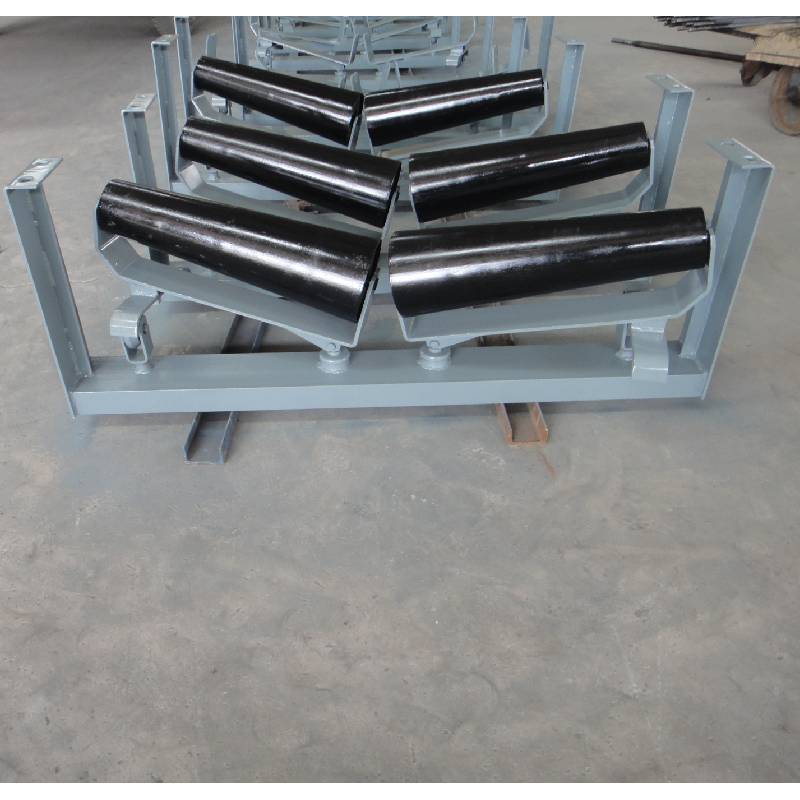 Afrikaans
Afrikaans  Albanian
Albanian  Amharic
Amharic  Arabic
Arabic  Armenian
Armenian  Azerbaijani
Azerbaijani  Basque
Basque  Belarusian
Belarusian  Bengali
Bengali  Bosnian
Bosnian  Bulgarian
Bulgarian  Catalan
Catalan  Cebuano
Cebuano  Corsican
Corsican  Croatian
Croatian  Czech
Czech  Danish
Danish  Dutch
Dutch  English
English  Esperanto
Esperanto  Estonian
Estonian  Finnish
Finnish  French
French  Frisian
Frisian  Galician
Galician  Georgian
Georgian  German
German  Greek
Greek  Gujarati
Gujarati  Haitian Creole
Haitian Creole  hausa
hausa  hawaiian
hawaiian  Hebrew
Hebrew  Hindi
Hindi  Miao
Miao  Hungarian
Hungarian  Icelandic
Icelandic  igbo
igbo  Indonesian
Indonesian  irish
irish  Italian
Italian  Japanese
Japanese  Javanese
Javanese  Kannada
Kannada  kazakh
kazakh  Khmer
Khmer  Rwandese
Rwandese  Korean
Korean  Kurdish
Kurdish  Kyrgyz
Kyrgyz  Lao
Lao  Latin
Latin  Latvian
Latvian  Lithuanian
Lithuanian  Luxembourgish
Luxembourgish  Macedonian
Macedonian  Malgashi
Malgashi  Malay
Malay  Malayalam
Malayalam  Maltese
Maltese  Maori
Maori  Marathi
Marathi  Mongolian
Mongolian  Myanmar
Myanmar  Nepali
Nepali  Norwegian
Norwegian  Norwegian
Norwegian  Occitan
Occitan  Pashto
Pashto  Persian
Persian  Polish
Polish  Portuguese
Portuguese  Punjabi
Punjabi  Romanian
Romanian  Russian
Russian  Samoan
Samoan  Scottish Gaelic
Scottish Gaelic  Serbian
Serbian  Sesotho
Sesotho  Shona
Shona  Sindhi
Sindhi  Sinhala
Sinhala  Slovak
Slovak  Slovenian
Slovenian  Somali
Somali  Spanish
Spanish  Sundanese
Sundanese  Swahili
Swahili  Swedish
Swedish  Tagalog
Tagalog  Tajik
Tajik  Tamil
Tamil  Tatar
Tatar  Telugu
Telugu  Thai
Thai  Turkish
Turkish  Turkmen
Turkmen  Ukrainian
Ukrainian  Urdu
Urdu  Uighur
Uighur  Uzbek
Uzbek  Vietnamese
Vietnamese  Welsh
Welsh  Bantu
Bantu  Yiddish
Yiddish  Yoruba
Yoruba  Zulu
Zulu Effective Solutions for Conveyor Belt Cleaning and Maintenance Practices
Understanding Primary Conveyor Belt Cleaners Essential Maintenance for Optimal Performance
Conveyor systems are integral to many industries, including mining, manufacturing, and logistics. At the heart of these systems lies the conveyor belt, which transports materials efficiently across various sectors. However, dirt, debris, and material carryback can quickly compromise the effectiveness of conveyor systems. This is where primary conveyor belt cleaners come into play. In this article, we will explore the significance of primary conveyor belt cleaners, their types, and the benefits they offer.
Importance of Primary Conveyor Belt Cleaners
Primary conveyor belt cleaners are designed to maintain belt cleanliness and performance, contributing to smoother operations and minimizing downtime. These cleaners are installed at strategic points along the conveyor system, typically just after the discharge point of the material. By removing material that adheres to the surface of the belt, these cleaners prevent several issues, including
1. Reduced Carryback Material that sticks to the belt can lead to carryback, which can cause spillage, resulting in additional cleanup and potential safety hazards. 2. Enhanced Equipment Longevity Unwanted materials can cause premature wear and tear on both the conveyor belt and the associated components. Regular cleaning helps extend the lifespan of the entire system.
3. Improved Safety A clean conveyor system reduces the risk of accidents caused by slipping or tripping hazards. This is essential in maintaining a safe working environment.
4. Operational Efficiency By ensuring a cleaner conveyor belt, the flow of materials is uninterrupted, leading to enhanced productivity and efficiency.
Types of Primary Conveyor Belt Cleaners
Primary conveyor belt cleaners come in various designs, tailored to meet different operational needs. Some of the most common types include
primary conveyor belt cleaners

1. Mechanical Cleaners These use mechanical means, such as scraper blades, to remove material from the belt. They are typically adjustable and can be easily modified to suit the specific application.
2. Blade Cleaners Blade cleaners feature a single or multiple blades that scrape the surface of the belt. They are effective in removing stubborn material but may require regular replacement to maintain effectiveness.
3. Impact Cleaners Designed for high-impact environments, these cleaners use a series of rotating disks or arms to dislodge material from the belt surface.
4. Air Cleaners Utilizing air pressure, these cleaners blast away debris, offering a non-contact method of cleaning. They are particularly useful in environments where water or mechanical cleaning may not be feasible.
Benefits of Investing in Primary Conveyor Belt Cleaners
Investing in high-quality primary conveyor belt cleaners brings numerous benefits to industrial operations. These include
- Cost Savings By preventing carryback and wear, businesses can save significantly on maintenance and material costs. - Increased Productivity Cleaner belts ensure uninterrupted material flow, reducing downtime and boosting overall productivity. - Environmental Responsibility Proper cleaning helps minimize waste, promoting sustainable practices and reducing the environmental impact of operations.
Conclusion
In conclusion, primary conveyor belt cleaners are crucial components of conveyor systems, providing essential housekeeping services that enhance efficiency, safety, and productivity. By understanding the various types of cleaners available and the benefits they offer, businesses can make informed decisions that contribute to the longevity and effectiveness of their material handling systems. Investing in reliable cleaning solutions is not just a maintenance task; it's a strategic approach to optimizing operations and achieving long-term success in the competitive industrial landscape.
-
Revolutionizing Conveyor Reliability with Advanced Rubber Lagging PulleysNewsJul.22,2025
-
Powering Precision and Durability with Expert Manufacturers of Conveyor ComponentsNewsJul.22,2025
-
Optimizing Conveyor Systems with Advanced Conveyor AccessoriesNewsJul.22,2025
-
Maximize Conveyor Efficiency with Quality Conveyor Idler PulleysNewsJul.22,2025
-
Future-Proof Your Conveyor System with High-Performance Polyurethane RollerNewsJul.22,2025
-
Driving Efficiency Forward with Quality Idlers and RollersNewsJul.22,2025





























